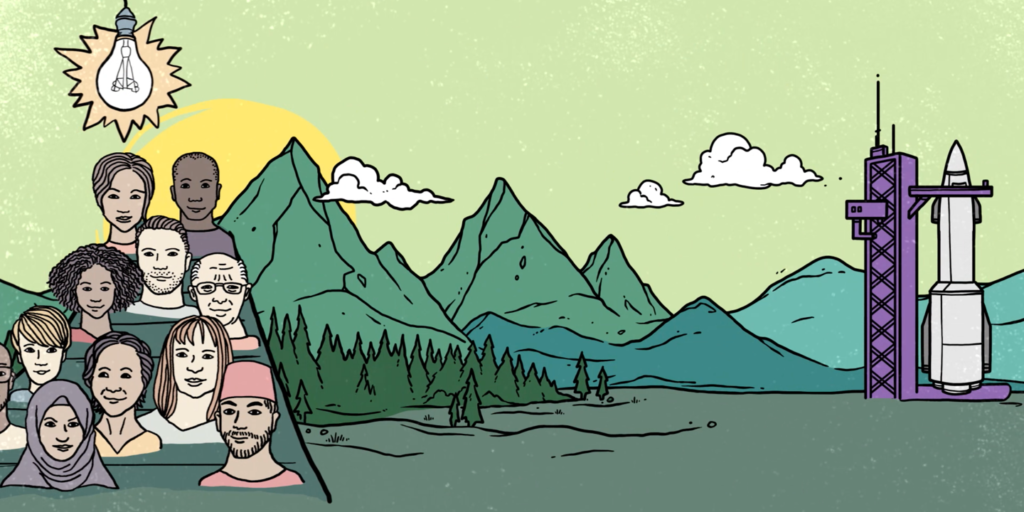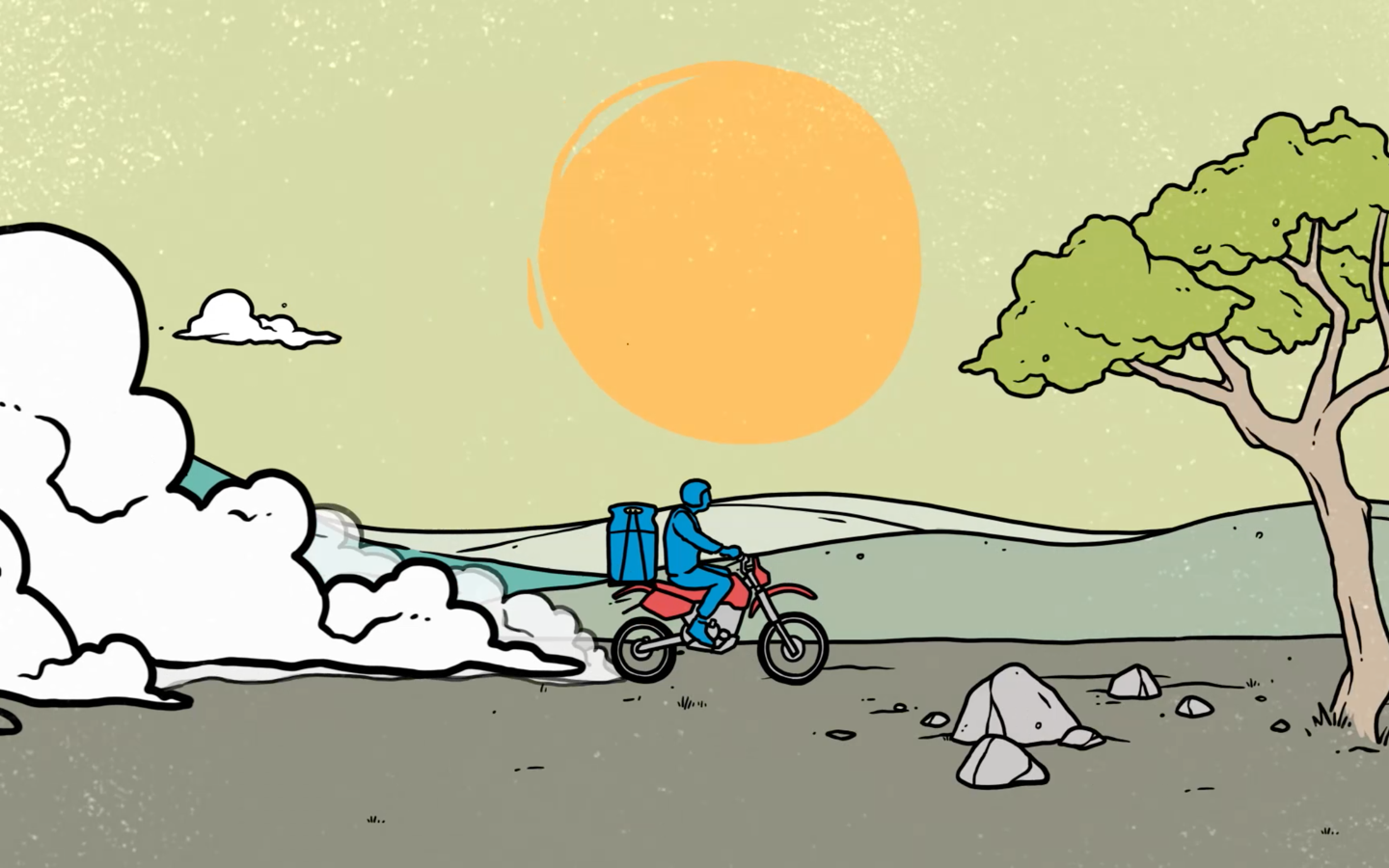Bye-Bye Bias
In a previous article, I explained the basics of Cognitive Bias and how it affects design. While it’s important to understand what makes up bias (and our inclinations towards it), we must also know how to move past it.
Before going too far, it’s important to first acknowledge that setting people up for success is easier when they feel safe and trusted. It’s harder for people excel when the house is out of order. Healthy workplaces begin with mutual respect and trust, where colleagues can focus without fear.
“Healthy workplaces begin with mutual respect and trust, where colleagues can focus without fear.”
Within a relatively healthy workspace, we can begin taking rational steps in the right direction towards reducing bias. While researching part one of this series on bias (and from past experience), I found a pattern arise to help overcome bias. For memory’s sake, I’ve call it the “ACE-IT” method — an acronym of the steps.
By stepping through these values, we can find better perspective(s) which can lead to better design solutions for more people:
- Awareness that we all take mental shortcuts and make assumptions in our judgement
- Curiosity is a good cure for challenging our assumptions
- Empathy from following curiosity leads us to value different perspectives
- Insight is gained from the questions we ask by pursuing empathy
- Together we can collaborate for better solutions from our insights

Awareness
The first step in breaking any cycle is to gain awareness of the problem. We may think we have open minds and willing to try new things, but the truth is that we are creatures of habit — which means we naturally jump to conclusions. A good way to start an assignment is to simply write down all of the assumptions you have towards a project with your team. What do you think the goals and results will look like? Later you can come back to them and challenge your first inclinations. Who was excluded in your assumptions?
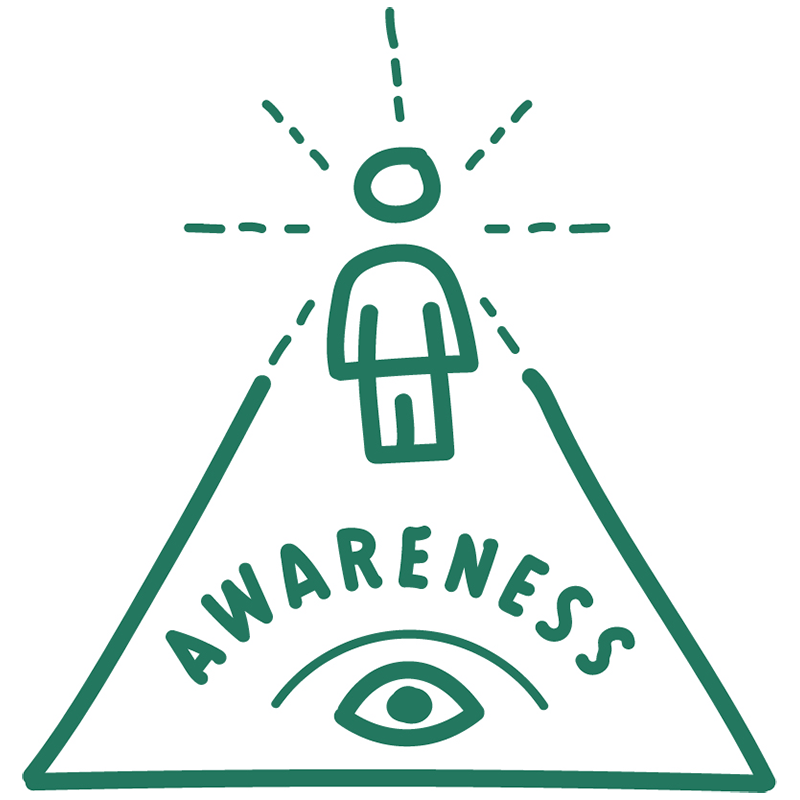
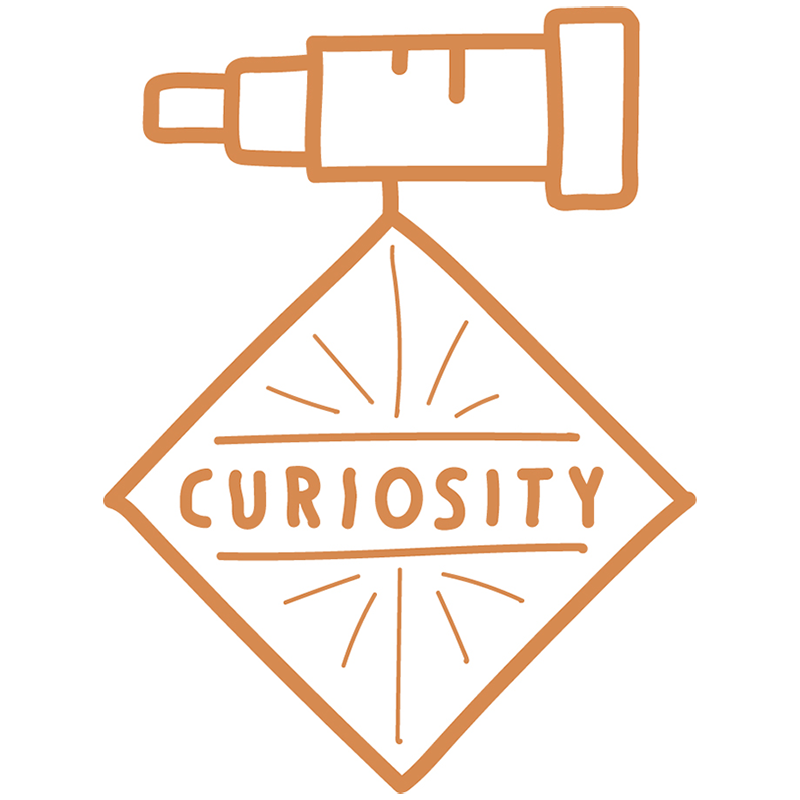
Curiosity
A good cure for challenging assumptions is to be curious to intriguing perspectives. It may even take an intentional stance on your part to say “I’m going to be open to something different” or “I’m going to be open to this person.” By expressing this intention, it gives you permission to explore and go outside your internal group’s frame of mind. Do you want an interesting perspective? Well… be interested. Ask your team during exploration:
• What are we trying to prove?
• What do we want others to accept?
• What evidence do we have?
• What evidence are we leaving out?
Empathy
By following curiosity with openness, it leads to empathy. Being open naturally causes you to look outward, out of your own head, and away from yourself. You’ll start seeing real people behind the problems you’re trying to solve. Through empathy you can discover not just the problems people have, but their actual intention before they encountered a problem. Empathy gets you and your solutions closer to the source of what really matters.
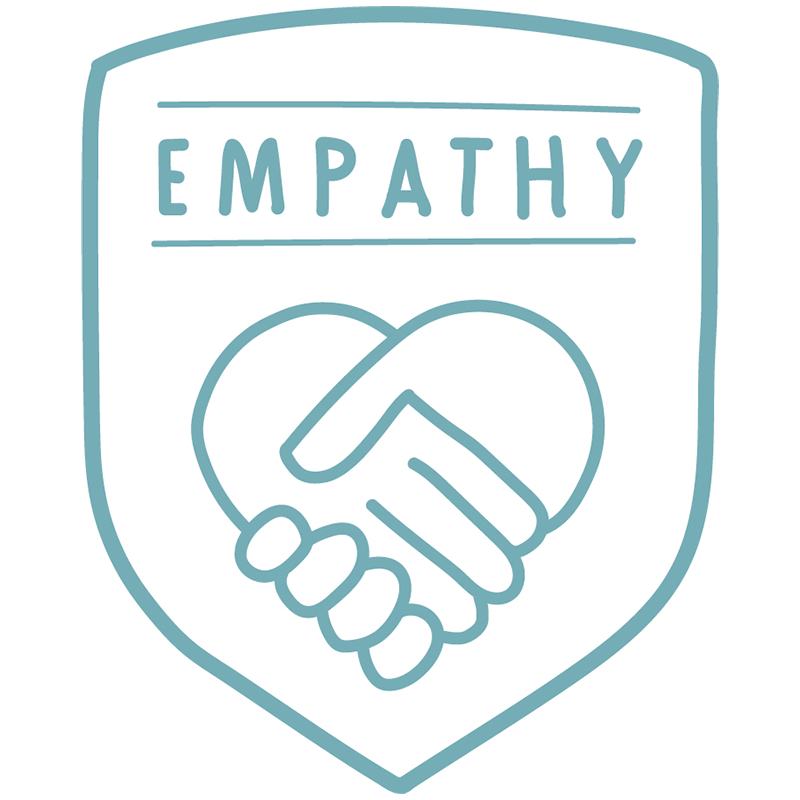
Insight
Once you start listening to real people with empathy, you’ll be collecting a lot of insight. Finding this sort of engagement is done by asking questions — open-ended questions.
Initial phases of research can be done by digging through the internet, but sometimes this only increases personal biases based on what keywords or websites are chosen. Internet search results often produce the most popular, which form a closed loop of intelligence gathering where people reference only the first page of links. Internet search results are also affected by personalized data collected on you and your geographic location.
“If the answer can end with a ‘yes’ or ‘no’ response, you’ve asked a closed question.”
When posing questions to people, there are a couple important aspects to gain deeper insight. First and simply, it’s important to talk less, and listen more to the people you’re engaging. Silence gives space for people to reflect. Another little acronym my wife (a personal coach) taught me is “W.A.I.T.” — “Why Am I Talking?” Remembering this little phrase will help minimize your own biases from contaminating the insights.
Even the type of question you ask can subtly (or not so subtly) insert your bias. It’s really important to ask open questions, as opposed to closed or leading questions. Leading questions interject your own opinion and judgement, which could influence a person’s response. I’ve been shocked at how many leading questions can find their way into a user test: This one is better, right? Why did you have difficulty with the navigation? Do you want this to be shorter?
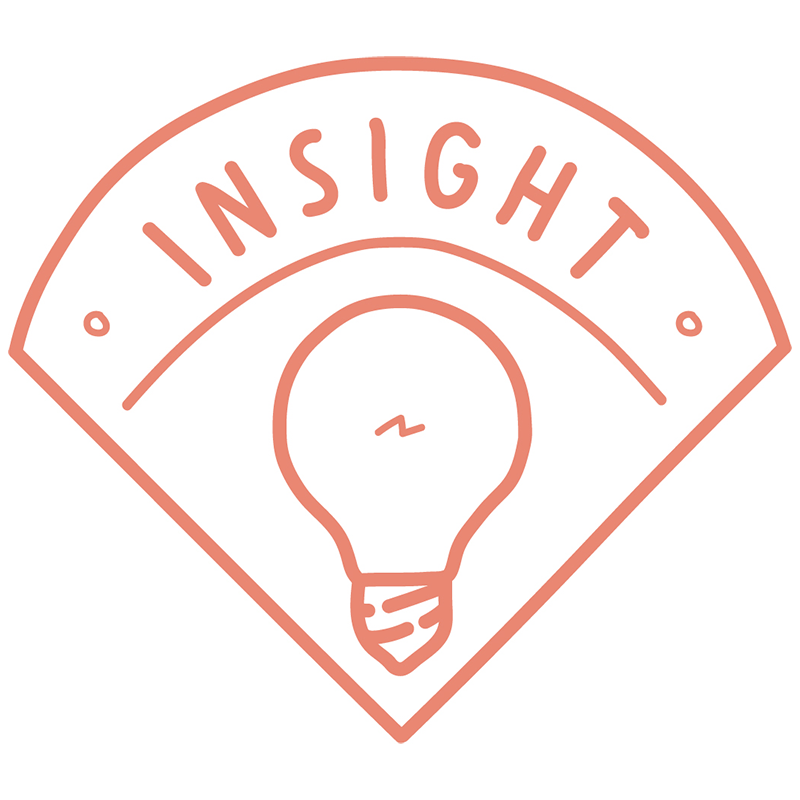
If the answer to your question can end with a “yes” or “no” response, you’ve asked a closed question. To get more reflection from the participant, reframe the question to remove the option for a binary response. Starting a question with the classic question words like: what, how, when, where, why, who can be a great start for deeper insights.
Together
Lastly, it’s good to work towards solutions together. Our best work comes from shared conversations and insights within teams, within the company, and especially with our clients. Good ideas may formulate with one person, but they get even better when adopted by a team’s vision in sync with the client.
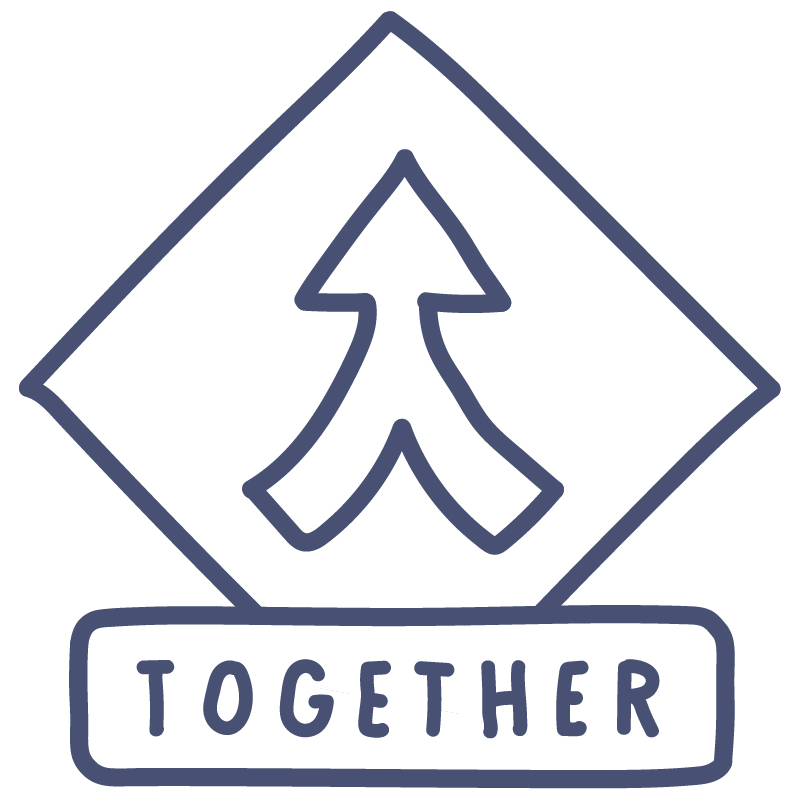
At Tactile, we didn’t get into product design to win awards. We came with a desire to build the best and most meaningful products for our clients. And to do that often means overcoming our own biases with a sense of humble optimism. We do our best work together and with you in mind.
Want to collaborate with us? Follow us or reach out.
